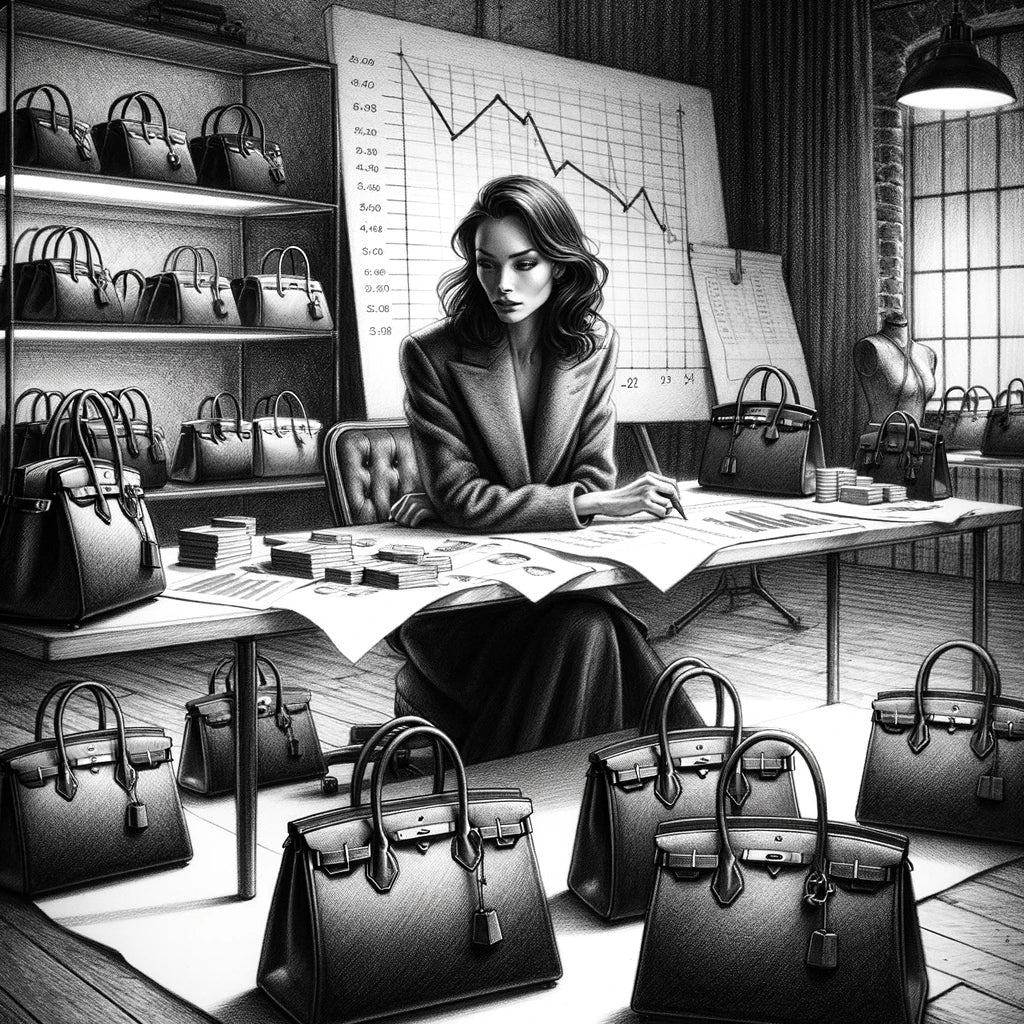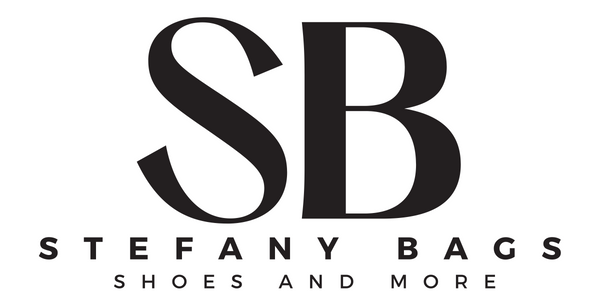
Navigating the 2024 Downturn The Shift in the Vintage Market
Share
Copyright © 2024 StefanyBags.com All rights reserved.
The luxury market in 2024 is grappling with significant downturns, influenced by various economic pressures that have led to a shift in consumer spending habits, particularly away from non-essential items like luxury goods. This impact is acutely felt within the designer vintage luxury bag segments, which traditionally relied on their unique appeal to collectors and enthusiasts to weather economic storms.
Key factors contributing to this downturn include geopolitical instability, economic volatility, and persistent inflation, which are reshaping consumer behavior on a global scale. Executives across the industry are facing one of the most divided outlooks in recent years, with a considerable segment predicting worsening conditions, while others hope for stability or slight improvements. The fluctuating global economy prompts luxury brands to adopt cautious strategies, focusing on cost management and inventory control to navigate uncertain times
Moreover, the scenario varies by region, with areas like Asia, particularly China, showing some resilience due to strong consumer spending. However, even this market faces challenges such as regulatory pressures and geopolitical tensions that could influence luxury spending patterns. In contrast, the American and European markets are encountering their own unique challenges, ranging from inflation impacts to geopolitical conflicts that affect consumer confidence and spending
Thus, the current landscape of the luxury market reflects a complex interplay of regional dynamics, economic policies, and consumer confidence, all of which are forcing luxury brands to navigate a highly uncertain and potentially transformative period.
Adapting to Changing Consumer Preferences
At Stefany Bags, Shoes and More, the downturn in the vintage designer bag market is reflective of broader economic trends. Traditionally, these items have appealed to consumers seeking affordable luxury. However, the stark economic realities of 2024 have led to a noticeable decrease in consumer interest compared to the previous year. This shift is largely driven by a pervasive sense of consumer uncertainty and a necessary focus on essential spending amidst rising inflation rates.
Inflation has particularly impacted discretionary spending. For example, consider the financial decisions facing a mother of two: the cost of living has significantly increased, with food prices rising between 60-100% compared to 2019, and the cost of children's clothing and supplies soaring by 70-90% since before the pandemic. These economic pressures have squeezed household budgets, making it challenging to justify purchases like vintage designer bags, which, while more affordable than new items, still represent a considerable expense. The price of a new designer bag can be three to four times that of a similar vintage piece, making the latter the only viable option for those still looking to treat themselves under tight financial constraints.
This scenario is a microcosm of the broader challenges facing the luxury goods market, where consumers are increasingly forced to weigh their desires for luxury against the essential needs of their families. Such economic conditions necessitate a strategic response from retailers, who must adjust to these changing consumer behaviors to maintain relevance and appeal in a more financially restrained marketplace.
At Stefany Bags, Shoes and More, the downturn in the vintage designer bag market is reflective of broader economic trends. Traditionally, these items have appealed to consumers seeking affordable luxury. However, the stark economic realities of 2024 have led to a noticeable decrease in consumer interest compared to the previous year. This shift is largely driven by a pervasive sense of consumer uncertainty and a necessary focus on essential spending amidst rising inflation rates.
Inflation has particularly impacted discretionary spending. For example, consider the financial decisions facing a mother of two: the cost of living has significantly increased, with food prices rising between 60-100% compared to 2019, and the cost of children's clothing and supplies soaring by 70-90% since before the pandemic. These economic pressures have squeezed household budgets, making it challenging to justify purchases like vintage designer bags, which, while more affordable than new items, still represent a considerable expense. The price of a new designer bag can be three to four times that of a similar vintage piece, making the latter the only viable option for those still looking to treat themselves under tight financial constraints.
Typically, summer activity increases with children out of school, leading to a spike in demand for summer fashion and travel bags. However, the current economic strain might dampen this seasonal uplift.
Moreover, our recent research into ecommerce trends across platforms specializing in both new and vintage designer bags has revealed an interesting shift in marketing strategies. There has been an increase in spending on paid traffic through platforms like Google Ads, while organic traffic to these marketplaces has moderately decreased, leading to fewer sales overall. This suggests that retailers are finding it increasingly challenging to attract consumers through traditional search methods, prompting a pivot towards more aggressive paid advertising tactics to capture buyer attention. (Bain)
This evolving consumer landscape suggests a crucial pivot point for retailers in the luxury segment. There is a clear need for brands to adapt to changing consumer preferences and economic realities. Engaging with customers, understanding their current limitations, and offering products that align with their financial realities will be key. For businesses like ours, it's about striking a balance between maintaining the allure of luxury and acknowledging the practical financial considerations of our customers.
As the luxury market navigates through the complexities of 2024, the adaptability and responsiveness of brands like Stefany Bags, Shoes and More will play a critical role in sustaining customer interest and loyalty. Current trends indicate a period of cautious consumer spending, influenced by inflationary pressures and economic uncertainty, which are reshaping buying habits globally (McKinsey & Company)
Despite these challenges, opportunities for growth and innovation still exist. Brands that can effectively manage their costs while innovating to meet evolving consumer expectations are likely to emerge stronger. This is especially true as consumers, particularly from regions like Asia, continue to demonstrate a relatively strong demand for luxury goods despite the broader economic headwinds
At Stefany Bags, Shoes and More, we understand our customers' needs and prioritize finding unique pieces at extremely competitive prices, passing those savings onto our customers through deeper discounted items. This strategy not only aligns with our commitment to value but also positions us competitively in the market. However, it's important to recognize that this approach is a delicate balance. Aggressively underselling could potentially lead other brands to major restructuring or even closure, reflecting a broader industry challenge where decreased profits create a dangerous slope for both small and large companies. By focusing on what matters most to our consumers and ensuring that luxury remains accessible, we aim to maintain a strong relationship with our customers, helping to ensure that luxury is not just about extravagance, but about providing quality and value that meets the moment. This approach underlines our dedication to our customers, providing them with affordable luxury without sacrificing the quality and uniqueness of our offerings.
